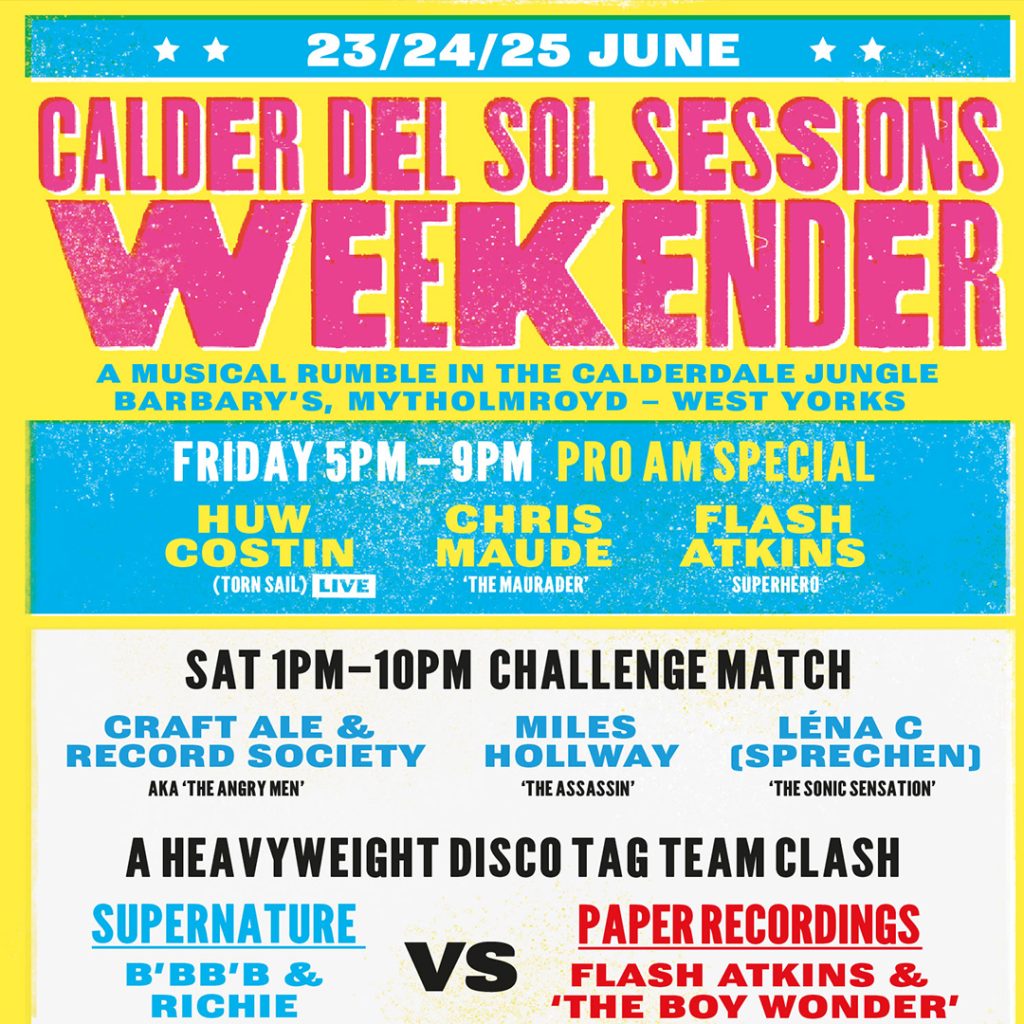
Calder Del Sol Sessions – June 2023
Flash Atkins threw a weekend-long shindig at the wonderful Barbary’s in Calderdale, West Yorkshire. House party positive vibrations came from Huw Costin (Torn Sail) live, Chris Maude, Craft Ale and Record Society, Léna C, Miles Hollway and Paper’s Flash and Massey went toe to toe with Manchester’s Supernature. Sunday wound the party slowly down with CP (Inkfolk) and The Duende Collective.
Roll on to the next party!
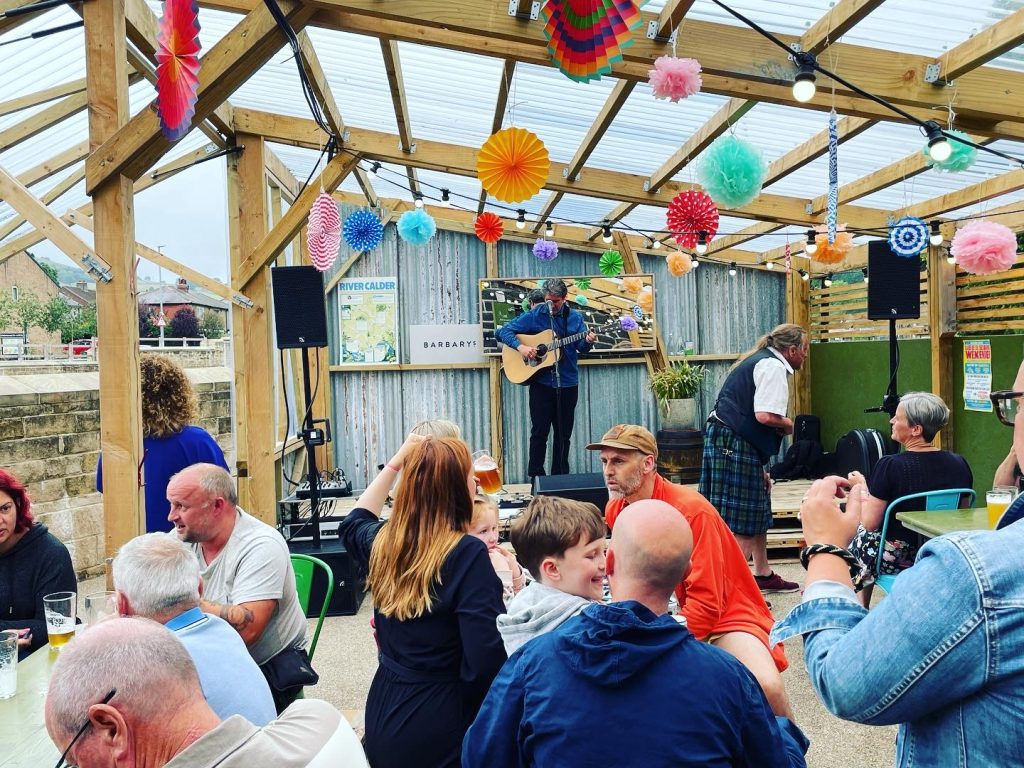
Barbarys in full effect
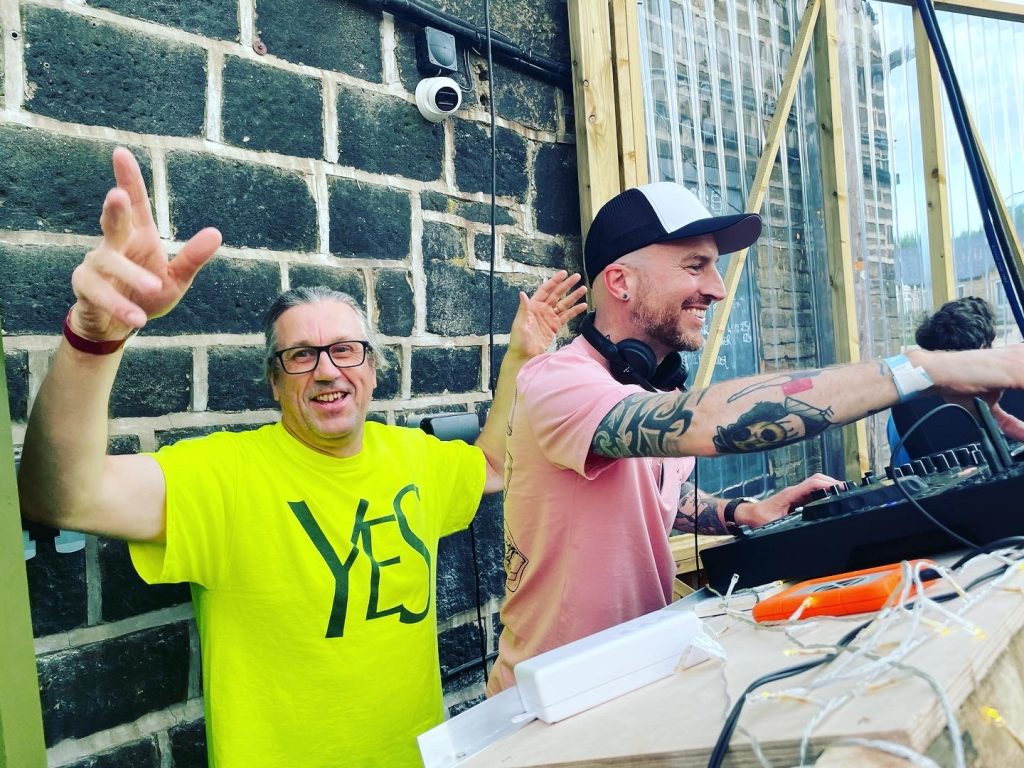
Chris Massey (Sprechen) and Richie V from Supernature Disco
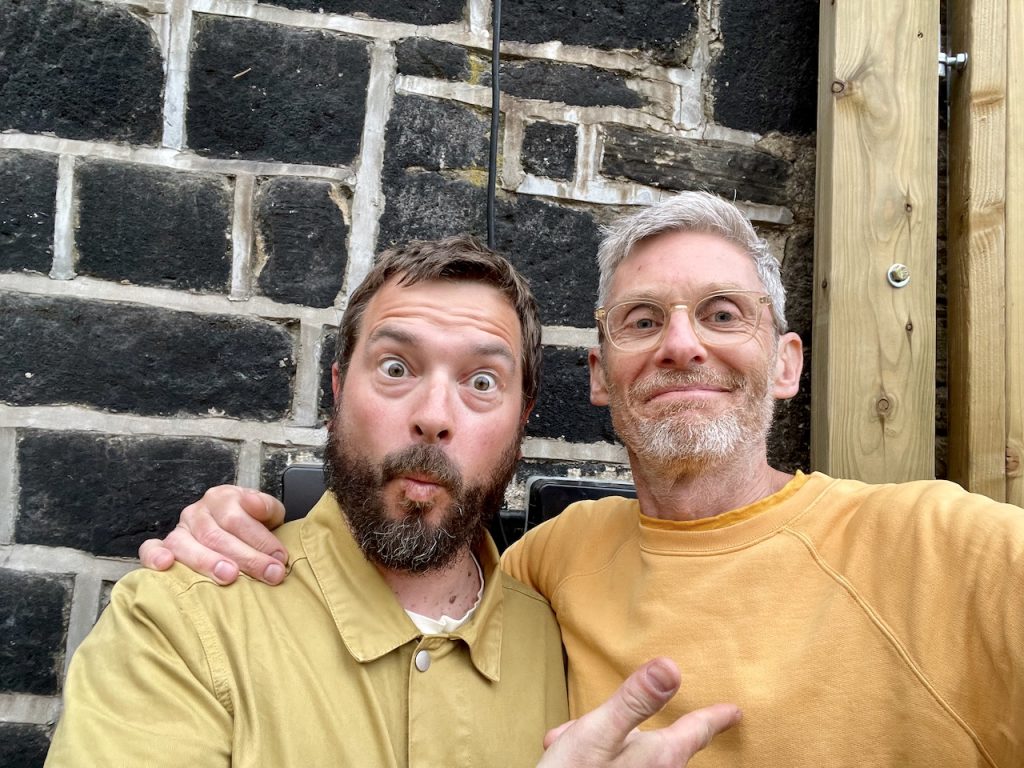
Chris Maude and Flash Atkins
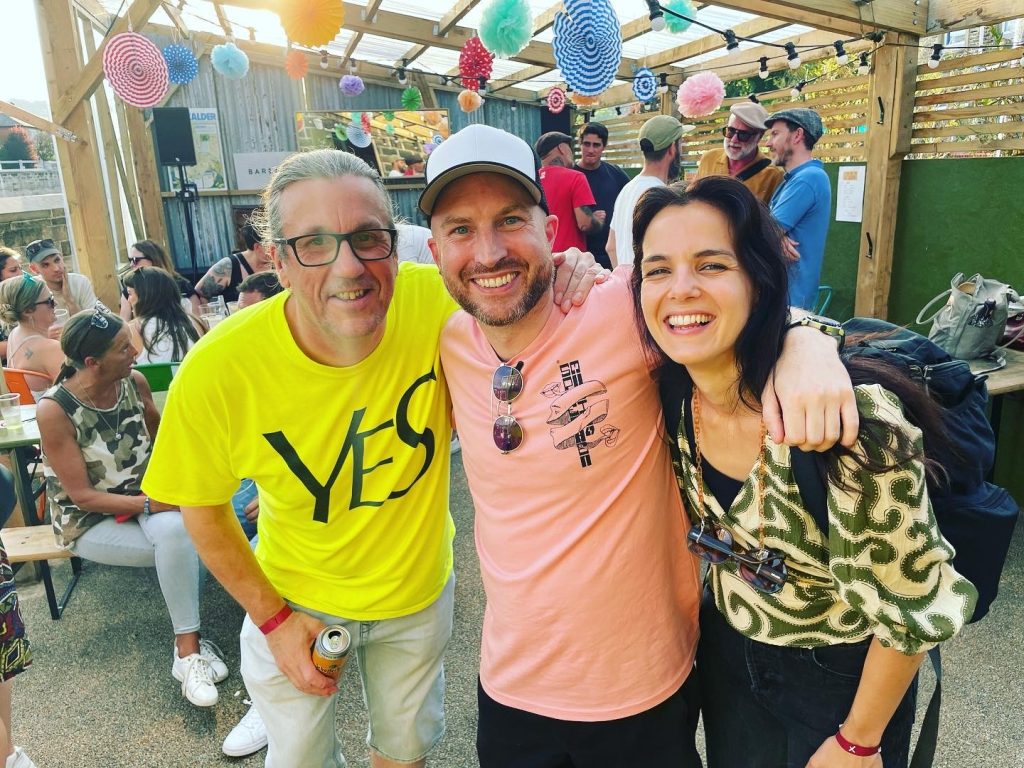
Léna C, Chris Massey and Richie V from Supernature Disco
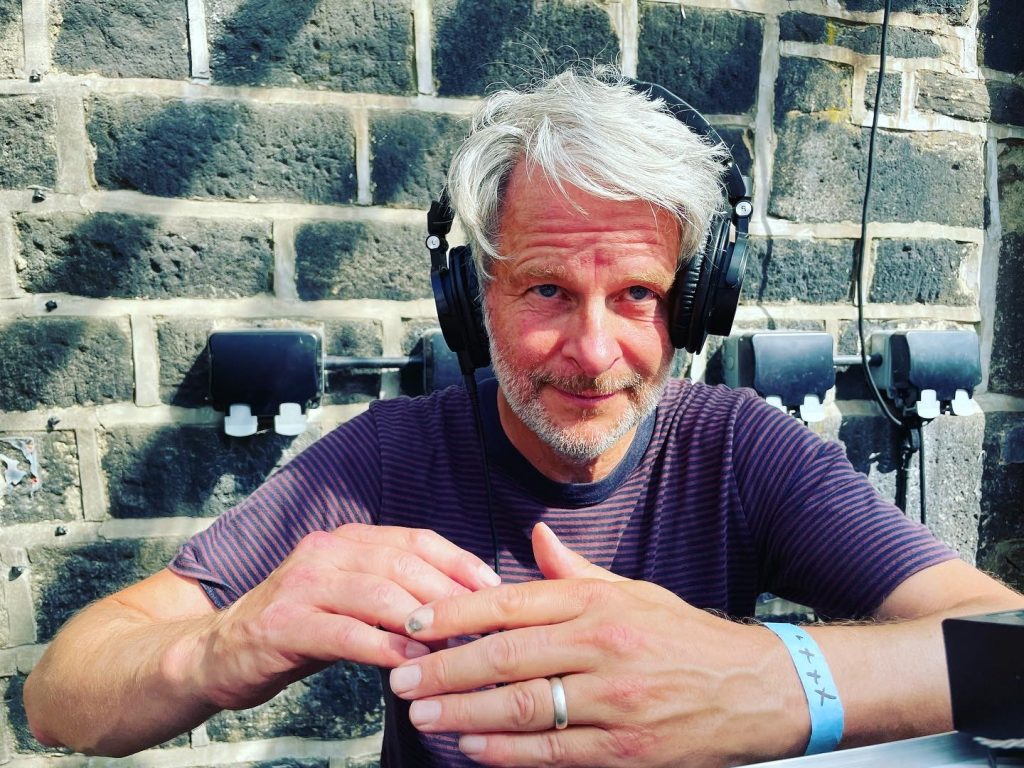
Miles Hollway